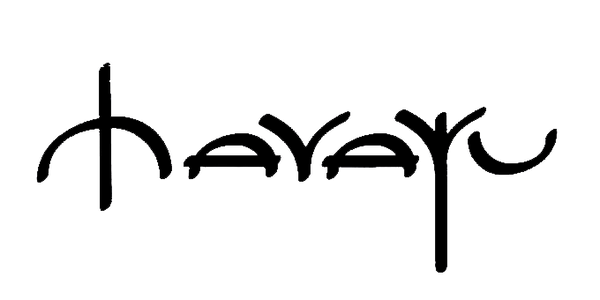ABOUT MAURICIO

Mauricio Avayu , a Chilean-Jewish artist, is currently working on a significant project to capture the key moments of the Torah in 40 large murals.
This ambitious endeavor is expected to take another 8-10 years to complete and has already seen the first eight murals depicting Genesis displayed in Taipei .
Avayu's art is deeply influenced by his intensive study of the Torah and Kabbalah, blending Jewish mysticism with his visual interpretations.
Each mural is a detailed representation of biblical scenes, informed by multiple biblical commentaries and interpretations. For instance , his depiction of the Tree of Knowledge in the Garden of Eden features a fig rather than the commonly depicted apple .(https://jmoreliving.com/.../chilean-muralist-mauricio.../) .(https://jweekly.com/.../a-chilean-jewish-artist-strives.../).
In addition to his murals, Avayu has recently opened a studio in Florida , the Mauricio Avayu Gallery and Fine Art Academy in Aventura ,
where he teaches art that integrates lessons from the Torah and Kabbalah .(https://www.timesofisrael.com/a-chilean-jewish-artist.../).
His work aims not only to resonate with Jewish audiences but also to educate and build bridges with non-Jewish viewers, showcasing the rich tapestry of Jewish culture and perspectives .

